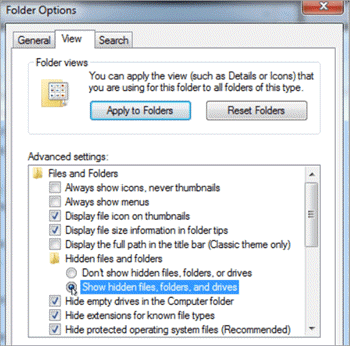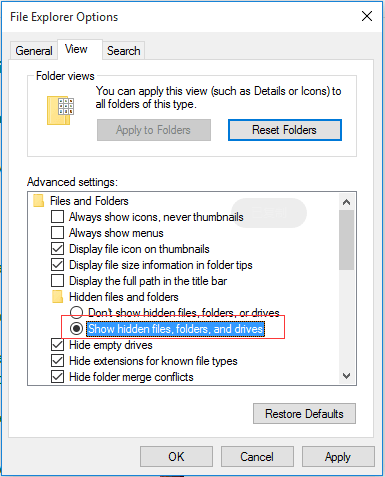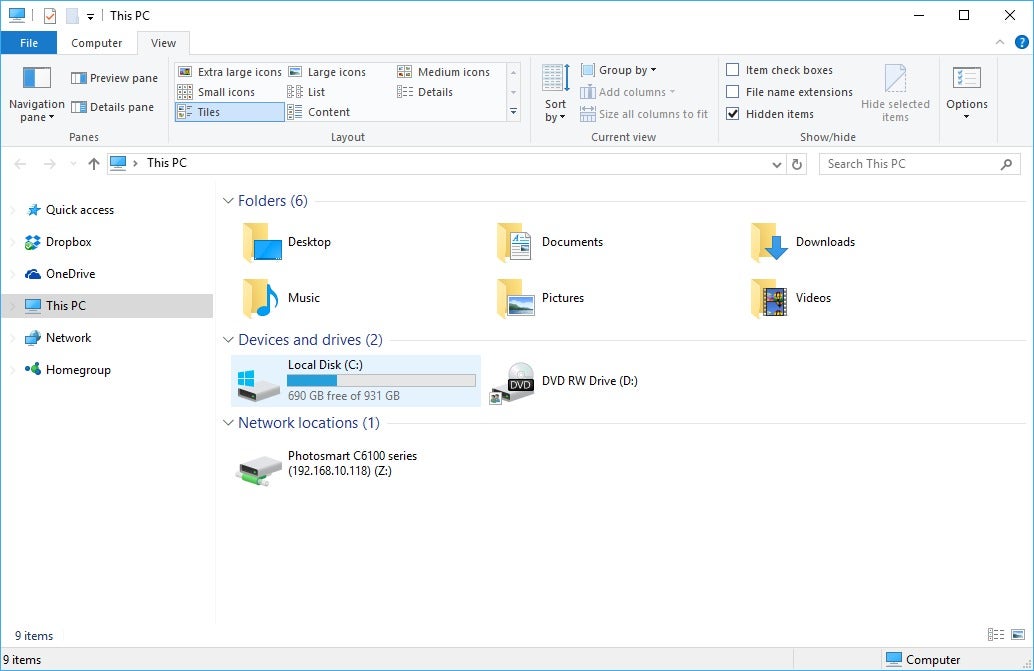
Scroll to the Advanced section, and toggle the Show hidden files option to ON: You should now be able to easily access any files that you’d previously set as hidden on your device. How do I show hidden files in file manager? Under Advanced settings, select Show hidden files, folders, and drives, and then select OK. Select Folder Options, then select the View tab.

Select the Start button, then select Control Panel > Appearance and Personalization. From a GUI file manager, go to View and check the option Show Hidden Files to view hidden files or directories. The more specific you make the patterns, the less problems you have that unwanted lines are removed. A better pattern would be to explicitly remove just the. Your grep -v '\.' will remove everything that starts with a. To show the hidden files in Ubuntu Linux, use the ls -a command or check the Show Hidden Files option from the toolbar menu or the CTRL + H shortcut. To view hidden files, run the ls command with the -a flag which enables viewing of all files in a directory or -al flag for long listing. 1 If you want ls to show the sub-directories, you need to add the -R. It is a part of the GNU core utilities package which is installed on all Linux distributions. The ls command lists files and directories within the file system, and shows detailed information about them. Why are files hidden? How do I show hidden files in UNIX? ls is one of the basic commands that any Linux user should know.How do I make hidden files visible in CMD?.Going there with the GUI and pressing CTRL+A (selecting all files) it counts 5058 images. There is another way to show hidden files with the ls command.

You can display hidden files along with other files using the -a option of the ls command: ls -a.

Which command is used to display hidden files?.How do I show hidden files in file manager? Stack Exchange Network Stack Exchange network consists of 182 Q&A communities including Stack Overflow, the largest, most trusted online community for developers to learn, share their knowledge, and build their careers.When you run ls -d / and ls -ad /, the shell expands /, and provides the list of filenames which ls will show.
LS SHOW HIDDEN FILES TOO WINDOWS
No, Windows does not have an ls command, but it provides alternatives such as the dir command and PowerShell prompt. When you run ls -a, there are no filenames on the ls command line (as seen by ls), so it determines the filenames it should list by itself.Since -a is specified, that includes showing hidden files. One shortcoming of the utility that Ive found, though, is that it cannot currently clean 'hidden' files (preceded. While the utility uses hadoop libraries to pull this off, it is also able to be run on a regular file:/// filesystem using either hadoop jar or java -jar to execute it.

For example, in Thunar, pull down the View menu and check Show hidden files. I am writing a utility to clean up HDFS based on a date. This check is often called Show hidden files. Most file managers have a box-to-box located in the View menu. The ls command is used on Unix and Linux operating systems to list files and folders in a directory. These shortcuts are valid in most applications. If you found this article helpful, please share it with others.
LS SHOW HIDDEN FILES TOO HOW TO
We hope this guide has helped you learn how to use ls command equivalent in Windows. Using the command line interface (CLI) allows users to interact with a specific program by entering commands in text form. To show all hidden files in a directory, use “ls -a /directory”. To show all files in the current directory in long format, use “ls -l”. You can add options to this command, such as “-l” to show files in long format and “-a” to show hidden files. The ls command lists computer files in a directory on the Unix operating system. Make sure you are running CMD as an administrator. bat file with the following command: “echo %* >%systemroot%system32ls.bat”. To use ls in Windows via the Command Prompt (CMD), create a.


 0 kommentar(er)
0 kommentar(er)
